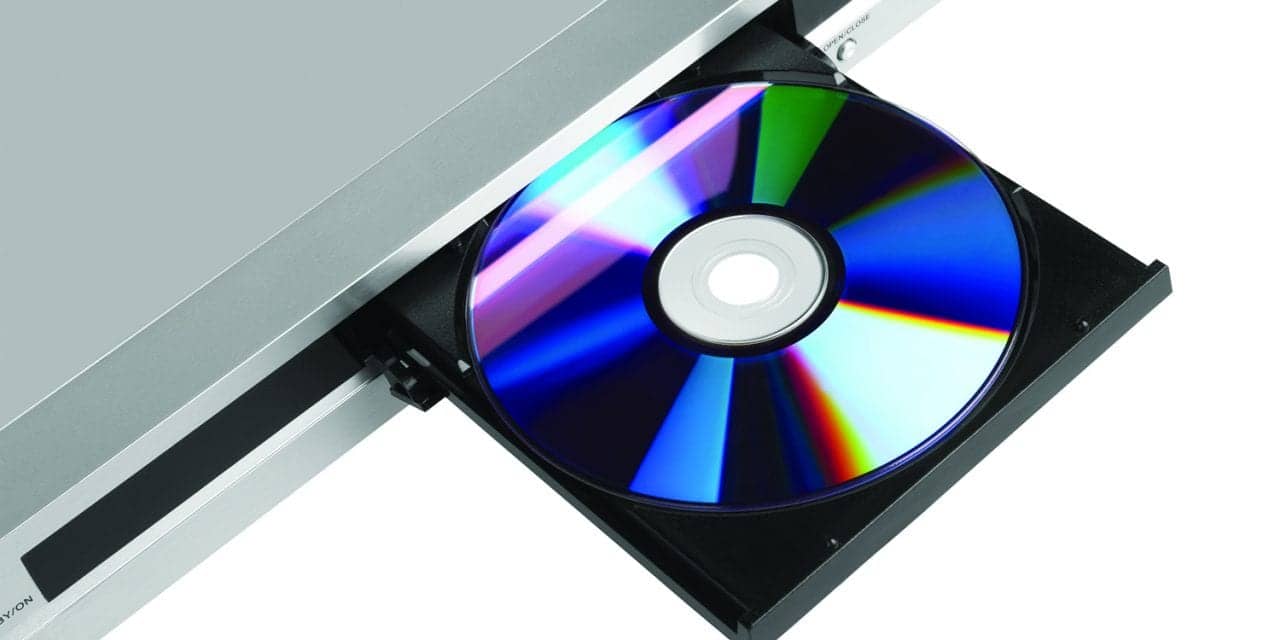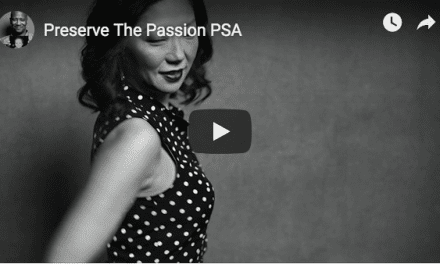Final Word | January 2018 Hearing Review
A week or so before Christmas last year I received a text from our friends Tom and Joyce who live nearby. They are retired and were facing a Saturday evening without anything to do. They opened a bottle of wine and invited us over. As it turned out, my wife Alison Grimes and I did not have plans either, so we stopped by. They were having beef stew which doesn’t fit into our dietary preferences, but we brought along enough other stuff to make it an impromptu and compatible potluck.
Tom loves history and watching documentaries. Joyce is more of an artsy crafty sentimentalist. She loves the holiday season. Somehow our discussion about current politics and history was redirected to holiday traditions. Joyce mentioned that she had decked out her holiday table in a Polar Express theme. We did not know much about the children’s book The Polar Express by Chris Van Allsburg, or the animated movie featuring Tom Hanks. Joyce couldn’t believe we had never seen it and insisted that we watch it that evening. We agreed, and Tom went off to find the disc. He quickly returned with the DVD in its case and promptly inserted it into the player while we settled back, readying ourselves to enjoy the feature.
It wasn’t long before Tom was mumbling something about finding the proper remote to control the player. He moved a few remotes around on the table in front of him and then opened a storage cabinet which had another selection of dusty remotes that he swore were not for the DVD player. After he tried a few of those, none of which had any effect on the player, Joyce suggested that the batteries in the remote might be bad. That prompted a 5-minute search in the “battery cupboard” for AAA batteries. Once the fresh batteries were placed in the proper remote control, a cursor moved around the screen so that different items could be selected from the menu. We settled back again to enjoy the feature. After about 10 minutes of watching a variety of previews and explanations of how the animated film was created we were still looking for the “play” command to watch the movie. Both Tom and Joyce were quite frustrated, saying that they had watched this film dozens of times and couldn’t understand why it wasn’t appearing as a selection!
Alison wondered out loud if there might be another disc in the case. I picked up the case, and sure enough, there was the disc for the feature movie, not the “bonus disc” we had been scrolling through for the past 20 minutes. Once again, we settled back, but this time we did enjoy the feature. It was nice, and a few sentimental tears were shed.
Tom is 71 and has a hearing loss. As you may have gathered from this story, his ability to manage semi-complicated consumer electronic devices is about normal, unless an unexpected complication comes up. (I’m embarrassed to say that I didn’t offer much help myself in the movie episode!) The story illustrates what consumers may be facing in a changing delivery system that will include over-the-counter devices that may require thoughtful set-up, fitting, and adjustment. The user interface will need to be simple and intuitive. For most of us who grew up in the 1950s, the user-interfaces of the Slinky, or Wham-O products such as the Hula Hoop, the Slip ‘N Slide, or the Frisbee were pretty straightforward. Many of us haven’t progressed much beyond that ingenious simplicity, and there is a good reason for it. In a digital world where smartphones, machine learning, and smart speakers are moving rapidly past the comprehension of many, simple seems very attractive!
I predict that a number of problems will need to be solved so that a consumer can pick up an over-the-counter hearing assistance product and have it work as well as a ballpoint pen does for most of us. Think about it. A common ballpoint pen has a retractable cartridge that is extended by a simple cam-follower pushrod mechanism that is activated by a push button at the end of the pen. There are a number of variants to the design, but if the design is too complicated or different, users will often reach for another pen with a familiar button action. Consumers don’t want to be reaching for another hearing product, they want to pick up a device and have it work for them.
Batteries that expire in a week or less are an annoyance for most people. We are witnessing the emergence of rechargeable batteries that are coming close to solving the battery life issue, but we are not quite there yet. I’d guess that before too long, we’ll see batteries that can be charged wirelessly, and shaped to fit into the interstitial spaces among the components of a custom hearing aid. That will give manufacturers the freedom to build smaller, more comfortable products that also meet cosmetic and functional demands.
It goes without saying that people want—no, they expect—that a product will function reliably. The final Holy Grail of hearing aid reliability will be a product that does not quit when the mic or receiver port encounters foreign material that occludes the entry or exit port. We are not close to a solution as far as I know. In my opinion, the greatest hearing aid innovation will be transducers that do not have recessed ports that can easily plug up with wax, oil, or moisture.
The Final Word? Necessity may be the mother of invention, but simplicity in design and operation may be the ultimate answer.
Citation for this article: Van Vliet D. Simplifying OTC hearing devices. Hearing Review. 2018;25(1):50.








To suggest putting off getting hearing aids until a simpler model comes out is disingenuous. Simple hearing aids have been available for a long time to anyone with Internet access. The term “OTC” doesn’t change the hearing aids themselves, it changes the customer’s access.
Traditionally, solving a hearing problem meant choosing a local hearing practitioner, taking a pure tone hearing test, and having an appropriate hearing aid recommended. Most practitioners tended to recommend one brand of premium hearing aids and give the customer a choice of performance/price levels. Maybe.
After OTC, the pace at which consumers turn from traditional retail stores to shopping for hearing aids online will accelerate simply by starting the process with Google instead of the Yellow Pages. A search for “hearing aids” yields pages of offerings from the simple to use and affordable basic hearing aid to the most complex, expensive, but still simple to use premium models.
Simplicity isn’t fighting traffic to get your hearing aids cleaned either. I spend about the same amount of time per week keeping all my eyeglasses clean as I do my hearing aids. And, if more deep cleaning is needed YouTube videos demonstrate how it’s done.
As far as batteries go, I spend more time keeping my phone charged than my hearing aids. Changing hearing batteries takes a couple of minutes at most every five days, my phone takes thirty minutes or more and sometimes that’s twice a day.
So no, suggesting hearing impaired people wait to address their problem is wrong because reliable, simple hearing aids are available now. Simplicity is being able to address your hearing problem without leaving home.
IMHO, the OTC hearing aid act is all about simplifying the purchase not the hearing aids.
My staff and I love Dr. Van Vliet’s articles. Every time I find one, I quickly print the PDF and pass it around the clinic. He has a good handle on private practice audiology, the people we see and the processes / challenges involved in a successful outcome. More articles, please. 😀
Well put. The author is still at the top of his game. A good guy indeed. I have had contact with him when he was in private practice many years ago. Early 80’s.